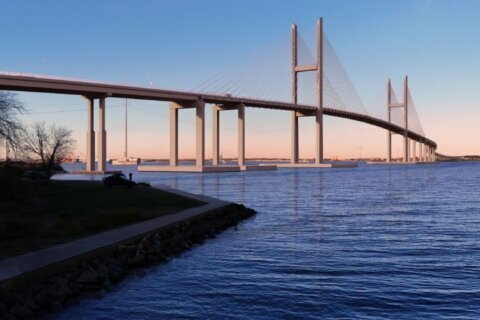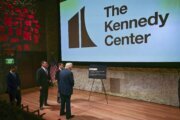FAIRFAX, Va. — Critics of the plan to add tolls on Interstate 66 inside the Beltway during both rush hours believe commuters will bail onto local roads and overwhelm them, but new traffic data suggest the impact may not be so bad.
Fairfax County studied the impact of the tolls in both directions on U.S. 50, U.S. 29 and VA 7 during the morning and afternoon rush. Transportation officials believe that implementing tolls on vehicles with less than two people will actually reduce the traffic on those parallel roads.
“Today, people don’t have the option to use 66 inside the Beltway during the rush unless they carpool,” said Tom Biesiadny, Fairfax County’s transportation director. “In the future, people who are on parallel roadways can pay a toll and use the facility. So you see a shift from the parallel roadways onto I-66.”
However, the data show that tolling reverse commuters — people who travel west on I-66 in the morning and east in the evening — will increase traffic on local roadways in those directions.
Traffic on U.S. 29 in the reverse direction could increase 50 percent in the morning rush. U.S. 50 could see reverse traffic increase 40 percent and VA 7 could see a 35 percent jump. The impact on reverse commuters in the evening would be less.
“I think, without a doubt, tolls create some diversions,” said Fairfax County Supervisor Jeff McKay, D-Lee District. “We’ve experienced that on I-95 with Route 1 and Van Dorn Street with the 95 Express Lanes. Whenever you put a financial barrier in front of somebody, their first reaction — for a certain percentage of the population — is to find a way around it.”
Other lawmakers say it’s unclear how this will play out over the next several years, and whether the local roads will become overwhelmed with drivers avoiding the toll.
“It scares me,” said Fairfax County Supervisor John Foust, D-Dranesville District. “I think you can’t remove all that traffic from I-66 and put it on the local road network. It’s already overburdened. I don’t see a plan to deal with it.”
Fairfax County is pushing the Virginia Department of Transportation to monitor the impact on local roads when deciding whether to widen I-66 at a later date. Such a decision could be made between 2022 and 2024, which does not sit well with some conservative Democrats and Republicans in northern Virginia.
“We should not be imposing tolls on a road where we’re not adding capacity, which is what they’re doing inside the Beltway,” Foust said.
McKay and Foust do not believe that reverse commuters should be tolled. The current plan would call for a $1 to $2 toll for reverse commuters, which McKay says will discourage people from the commutes that lawmakers want more people to take.
“What we want to do is encourage reverse commuting and we want as many of them to stay on the interstate as possible,” McKay said. “We don’t want them using side streets. My first instinct would be to test this without having a toll for reverse commuters.”
Biesiadny says local roads can handle the extra cars from reverse commuters trying to avoid the toll. But he also admits that adding extra cars will make traffic worse in some cases, even if it’s in the reverse direction from rush-hour flow. What’s not clear is whether it will have a significant impact on reverse commuters.
Fairfax County lawmakers will vote Nov. 17 on the I-66 framework agreement.







